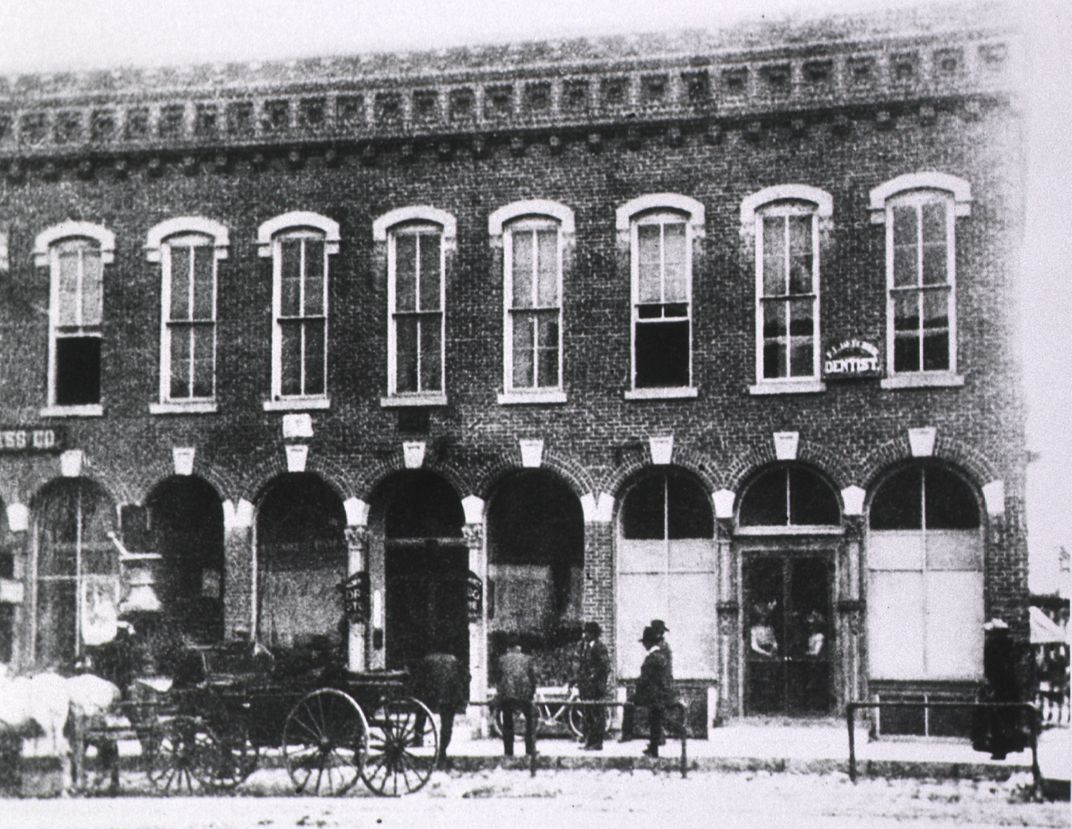One of the World’s Most Famous Hospitals Was Originally a Makeshift Tornado Relief Clinic
You could say the first Mayo Clinic was a dance hall that had been converted into a makeshift field hospital
/https://tf-cmsv2-smithsonianmag-media.s3.amazonaws.com/filer/6d/76/6d76d80d-c2b9-44fb-b4a9-1a5671408b35/mayoclinic.jpg)
The residents of Rochester, Minnesota, responded to a disaster with decisive action.
On this day in 1883, three tornadoes ripped through the area around Rochester. The first and third, which touched down in nearby regions, did tens of thousands of dollars of damage and killed three people as well as injuring many more. The second tornado of the day was the strongest, and it went through part of the city itself, causing epic damage. “The enormous roar was said to have warned most Rochester residents,” writes the National Weather Service. But even though they had warning, at least 20 people were killed and 200 people injured by the Rochester tornado. Its wind strength is estimated to have been at the F5 level, according to the NWS–about the same as the Joplin, Missouri, tornado that killed over 150 people in 2011.

In the aftermath of the terrifying storm, locals found themselves facing a huge problem: There were no hospitals nearby. “Prior to these tornadoes, there were only three hospitals in the state of Minnesota outside of the Twin Cities,” writes the NWS. None of them were anywhere near Rochester. On that first night, writes R. L. Cartwright for MinnPost, injured survivors were taken to a local hotel and city hall, as well as to the office of the local doctor William Worrall Mayo, and the local convent, the Sisters of St. Francis.

Volunteers gathered by the mayor “went through the streets with lanterns, announcing that the disaster had overtaken northern Rochester and asking people to come to the aid of those most affected,” writes Cartwright. Minnesota governor Lucius F. Hubbard also sent aid and began to raise money, writes Cartwright.
A field hospital was set up the next day in a local dance hall, with the nuns and Mayo, as well as his son William, also a doctor, attending. A local newspaper report from August 25 stated that the 29 patients remaining in the “improvised hospital… are all doing as well as can be expected” and the disaster relief efforts were already well underway.
With all the destruction, it’s not surprising that nobody suggested building a permanent hospital near Rochester until months later. Eventually, the head nun, Mother Mary Alfred, pushed for a permanent hospital in Rochester, asking W. W. Mayo to run it, writes Cartwright.
W. W. Mayo initially didn’t think it was a good idea, and the Sisters of St. Francis were the ones who raised the money to fund the building of St. Mary’s Hospital. The hospital was eventually integrated with Mayo's private practice, and the entire organization is now called the Mayo Clinic; a nonprofit that ranks among the nation's top hospitals.
Editor's note, August 28, 2017: One of the sources used to create this article contained multiple errors. This article originally stated that W. W. Mayo, William Mayo, and Charles Mayo all assisted in the disaster relief efforts, however, Charles was not yet a doctor and thus did not assist in the efforts. In addition, this article originally conflated St. Mary's Hospital and the original Mayo Clinic, the private practice founded by W. W. Mayo.